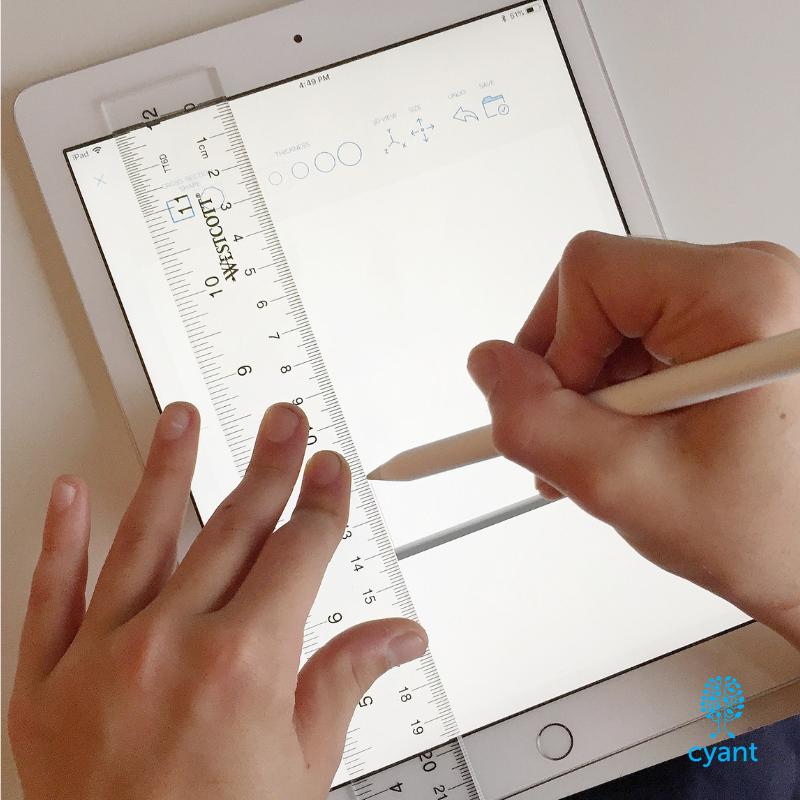Cyant: Your work is at the intersection of fashion, technology and physics! How did your studies prepare you for your current work? Conversely, what else did you have to learn and what collaborations did you have to put in place?
Alexis: In 2015, I graduated from Parsons The New School for Design, with a focus in both fashion design and product design. My experiences with digital design, including computational design and 3D modeling, has been largely self taught. I was a student during the period where 3D printing was just becoming a mainstream concept. In order to learn more about 3D printing, I enrolled in industrial product design courses, and classes focused on fabrication materials and manufacturing processes. Through this, I was allowed access to the manufacturing buildings on the Parsons campus, which included an array of 3D printers, laser cutters, and metal fabrication machinery. I had an incredible four years of experimenting, and I definitely got lucky in having such encouraging professors who allowed me to explore. One particular instance was in a steel welding class, where I create a cage dress out of welded steel rods. I found a mannequin and would carry it up and down the stairs into the welding studio, welding directly onto the mannequin. Two crucial experiences to my current work were two 3D printing based internships. When I was a junior, I interned for the designer Bradley Rothenberg at his namesake company (now nTopology, a really cool software company!) This was at the height of 3D printing in fashion, and it was such a great learning experience. I was able to see how the studio collaborated with more traditional fashion design companies to work with technology. The next year, right after I graduated, I worked as the studio manager for Studio Bitonti, under the designer Francis Bitonti. Studio Bitonti worked with fabricating and designing projects focused on 3D modeling/3D printing, as well as teaching a workshop class about using 3D modeling for wearable designs. Without a doubt, the most important collaboration I have ever had is with my partner Justin Hattendorf. We work so well together, and our skill sets compliment each other. Justin has a background in architecture and industrial product design, and his knowledge of computational design is incredibly important to our process.














